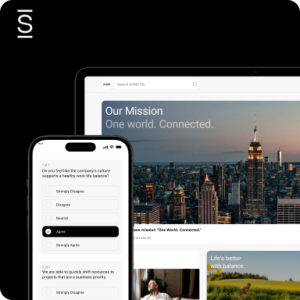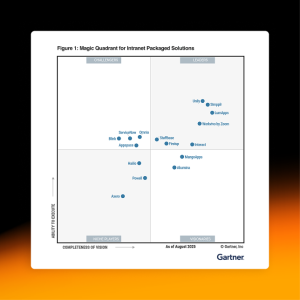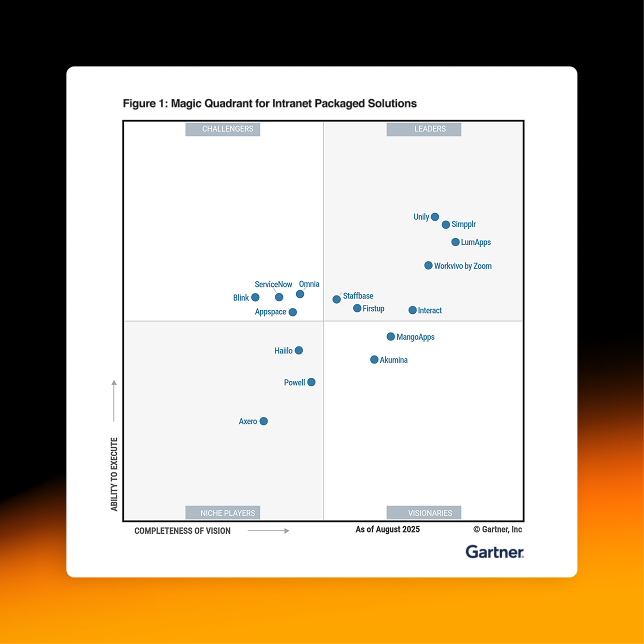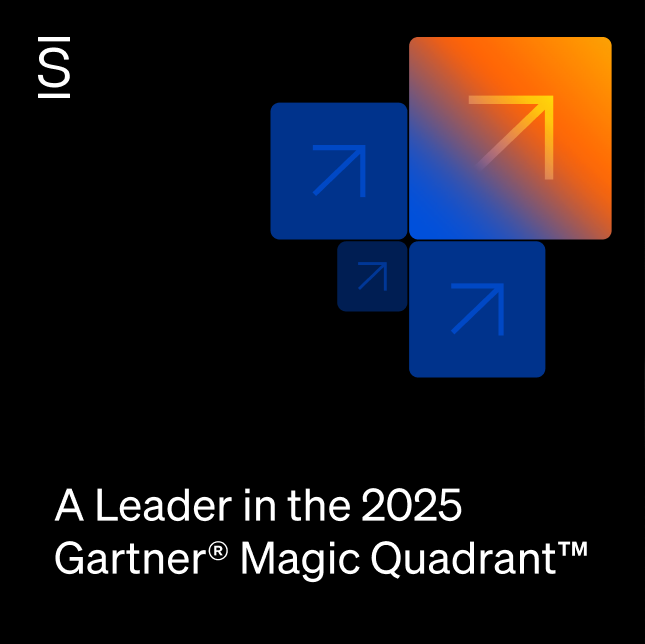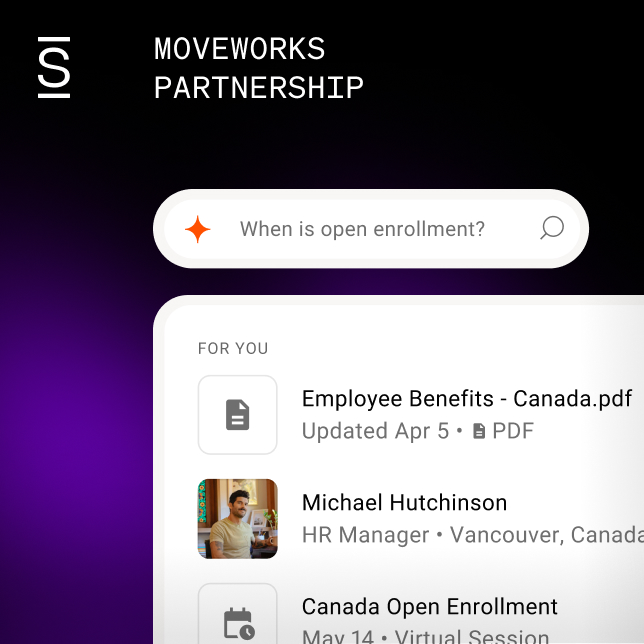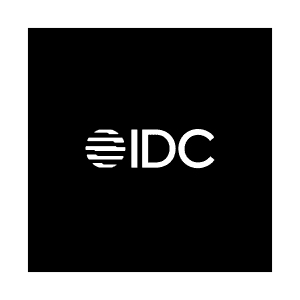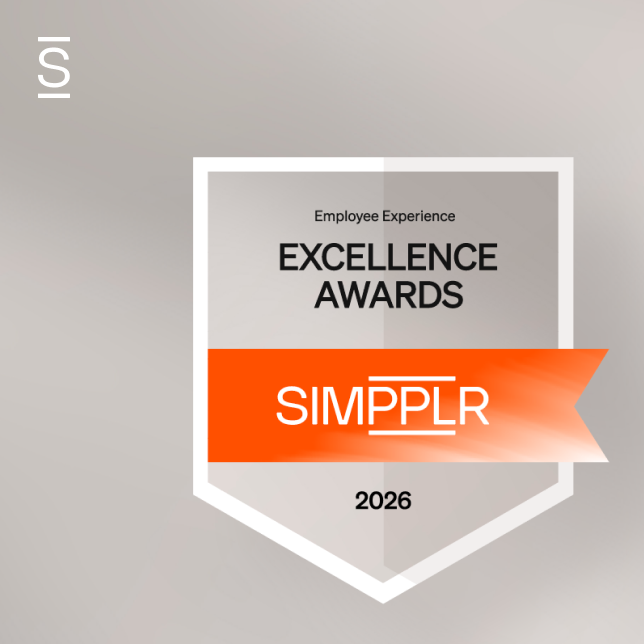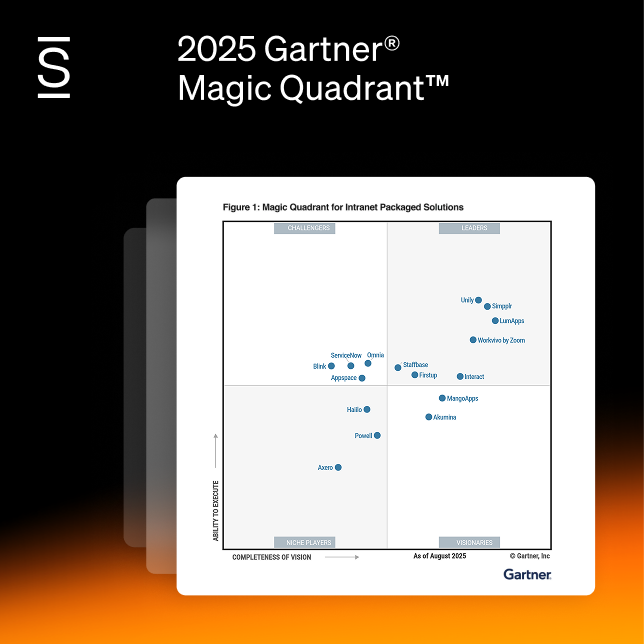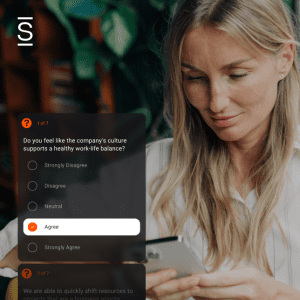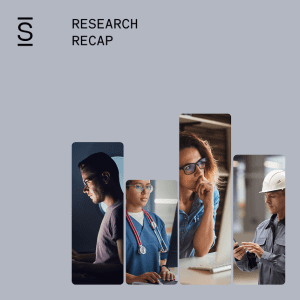Employee experience, put simply, is what it feels like to be in an organization. The goal of those entrusted with creating an optimal employee experience is to cultivate a work environment where everyone can flourish, no matter their location. A strong employee experience leads to an optimal work environment where your employees and your organization can flourish.
During Argyle’s webinar on 3 pillars to boost your employee experience, host Eric Wallace spoke with Simpplr’s CMO Paige Leidig and EX strategist Miriam Connaughton, diving deep into the importance of cultivating a successful employee experience through the three pillars — communication, community, and connection. They discuss the employee experience at the intersection of internal comms and HR and bring up real-life challenges with solutions that will get you rethinking how your organization approaches EX.
“Because what’s really important to us, and hopefully it’s important to you as well, is we firmly believe that when work is good, life is better. When life is better, work is better as well,” added Paige.
EX to the forefront
Navigating EX with a remote and a hybrid workforce can be highly challenging, and returning to the office will not solve the problem. As Mariam reminds us, hybrid and remote workers are here to stay: “We know from all the research that significant numbers of folks are saying, ‘It’s in my top three of why I would choose to be somewhere. I will leave if I’m forced to go back to the office.”
Mariam pointed out a very sobering research finding by Korn Ferry said that by 2030, the global skill gap would be more than 85 million. Through communication and connection, stellar EX will determine who attracts and retains top talent. And with 43% of workers feeling disconnected, we have a lot of work to do.
How to build and reinforce the three pillars of employee experience
Technology will play a more prominent role than ever in companies, specifically in supporting EX leaders. And this work will have to be a joint effort committed to collaboratively by HR and IT. Excellent EX will demand that we rethink how to deliver a human-centric experience to solve for “anywhere” work.
Mariam said, “I live at the intersection of humans and technology in the workplace. I’m a great believer in and an optimist about technology for the power of good. It’s up to us how we deploy and how we use it.”
This human-centered experience will fall heavily on the shoulders of front-line managers. It is up to the managers to make sure that everyone feels connected. Mariam says that they are the secret sauce for EX. They are in the field interacting with the team daily and have a better understanding of who is engaged and who is not. We need to think differently about how we help managers connect with their teams collectively and as individuals.
Collaboration with management and leadership is essential to enrich the feelings of connectedness and the need for community. The front-line managers feel the most stressed out and least supported to lead and manage in our modern hybrid/remote work world—and this needs to change.
How to enable rich communications and personalized experiences
Personalization is essential for EX. Employees must have tailored communications based on their position, role, and department. There is a great need for a technology experience in the workplace that is more personalized, and that helps them feel inspired and engaged. We need intuitive technology that supports employees and simplifies and streamlines their communications and task management.
“There will always be multiple apps or tools that we want to deliver to our employees, but we’ve got to make it easy for them to connect, easy for them to find, easy for them to switch between one to the other. That seamless experience is what we’re going for.”
What distinguishes high-performing organizations from others is that they’ve optimized their EX. They’ve got that human-centric orientation with personalized communication with an end-to-end employee experience design. This personalization, paired with intelligent analytics, is the smart layer that everyone is striving for. These industry leaders also use EX technology designed explicitly for EX, and this is a huge differentiator as well.
How to develop connection and community
There are lots of different layers of community. And we can’t just fixate on one because these things amplify. “If I’m having a bad day with my team, if I can find my people and feel a sense of connection and community elsewhere, that can certainly offset the challenges entirely, or at least to a degree. There’s some fascinating research around this sense of community that mentions loneliness.”
If we have only one person at work that we consider being a good friend, we are more likely to stay, we are more likely to be highly engaged, and we will have a higher sense of well-being. Helping people feel connected and finding community is so important.
We have to be more intentional about community building when everyone is together. When everyone is in the office, ensure that everyone is included and that no one is sitting alone in a cubical or office. On-site is the new off-site. It is the time together that we spend building trust, connection, and relationships and celebrating.
Changing company policies and practices that make it better and more accessible to build community. Not just policies related to hybrid working practices but practices that give people tools to help build a community better.
To learn more about why it’s essential for companies to make EX a central focus and how they’re doing it, be sure to watch the webinar. And if you want to learn more about what Simpplr is doing, reach out for a demo and learn about our focus on employee experience.


